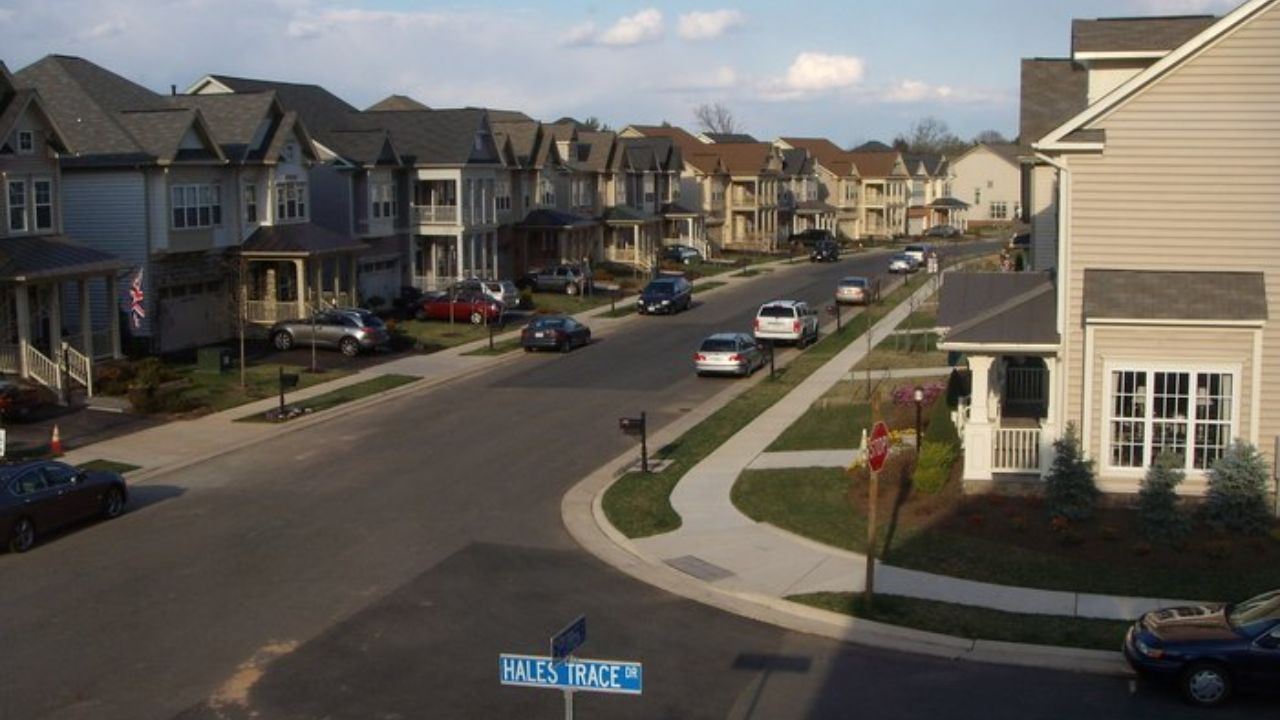Loudoun County, Virginia, boasts a reputation as one of the most affluent counties in the United States, with a median household income of $147,111 in 2020. Nevertheless, not every corner of the county shares in this prosperity.
According to data from the U.S. Census Bureau, Loudoun County had a poverty rate of 3.23% in 2020, translating to roughly 13,600 individuals living below the poverty line. In this article, we will explore the five least affluent neighborhoods in Loudoun County, as determined by the percentage of households earning less than $25,000 in 2019.
5. Sterling Park
Situated in eastern Loudoun County, Sterling Park is a census-designated place (CDP) with a population of around 28,000 residents. Established during the 1960s and 1970s, it was among the county’s first planned communities. Sterling Park reports a poverty rate of 7.6%, surpassing the countywide average of 3.2%.
In 2019, approximately 9.4% of households in Sterling Park had incomes below $25,000, ranking it fifth among all CDPs in Loudoun County. The median household income in Sterling Park was $86,968 in 2019, notably lower than the county median of $142,299.
Also Read:
4. Countryside
Countryside, another CDP located in eastern Loudoun County, boasts a population of roughly 10,000 residents. Developed as a suburban neighborhood during the 1980s and 1990s, Countryside reports a poverty rate of 6.1%, which exceeds the countywide average.
In 2019, around 10% of Countryside households earned less than $25,000, making it the fourth-highest percentage among all CDPs in Loudoun County. The median household income in Countryside was $112,500 in 2019, slightly below the county median.
Also Read:
3. Leesburg
Leesburg, the county seat and largest town in Loudoun County, is home to approximately 54,000 residents. With a history dating back to the 18th century and a wealth of cultural and historical attractions, Leesburg reports a poverty rate of 6%, nearly on par with the county average.
Nevertheless, about 10.7% of Leesburg households had incomes below $25,000 in 2019, ranking it third among all CDPs and towns in Loudoun County. The median household income in Leesburg was $113,508 in 2019, slightly below the county median.
Also Read:
2. Round Hill
Round Hill, a small town in western Loudoun County with around 700 residents, is a rural community founded in the early 19th century. Nestled near the Blue Ridge Mountains, Round Hill reports a poverty rate of 8%, exceeding the countywide average.
Approximately 11.4% of Round Hill households earned less than $25,000 in 2019, ranking it second among all CDPs and towns in Loudoun County. The median household income in Round Hill was $87,500 in 2019, lower than the county median.
Also Read:
1. Hillsboro
Hillsboro, the smallest and least affluent town in Loudoun County, has approximately 100 residents. This historic village, established in the late 18th century and adorned with numerous historic buildings and landmarks, reports a staggering poverty rate of 16%, well above the county average.
In 2019, approximately 20% of Hillsboro households had incomes below $25,000, marking it as the highest percentage among all CDPs and towns in Loudoun County. The median household income in Hillsboro was $56,250 in 2019, significantly lower than the county median.
Also Read:
Conclusion
While Loudoun County, Virginia, is celebrated for its affluence and high quality of life, it is essential to recognize the existence of pockets of poverty within the county, facing economic and social challenges. The five poorest neighborhoods in Loudoun County are Sterling Park, Countryside, Leesburg, Round Hill, and Hillsboro.
These areas grapple with higher poverty rates and lower median household incomes than the countywide average. Additionally, they exhibit lower educational attainment levels and higher unemployment rates than other regions of the county. It is crucial to consider these disparities when contemplating potential public and private investments and interventions aimed at enhancing economic and social conditions in these neighborhoods.
